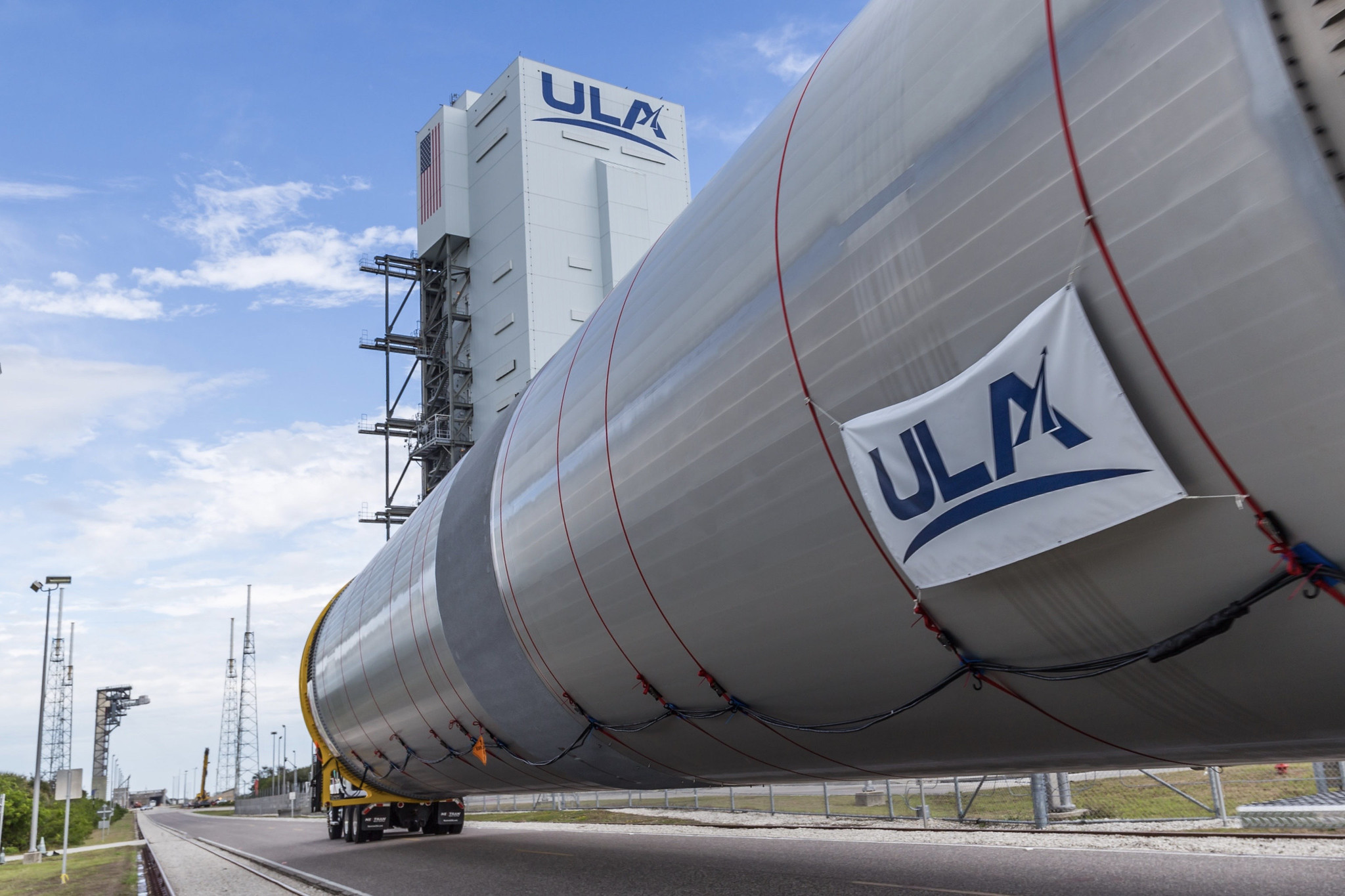ULA is still betting on long-endurance upper stages and believes the technology has a bright future.
WASHINGTON — When United Launch Alliance started to develop its new Vulcan rocket, it envisioned using a new upper stage called ACES, short for advanced cryogenic evolved stage. ULA’s president and CEO Tory Bruno described it in 2018 as a transportation system that would operate in space for weeks or months performing missions in different orbits.
ULA later changed course and decided that its Vulcan Centaur would use the Centaur 5, a larger and more powerful version of the Atlas 5 upper stage.
Speaking April 7 at the America’s Future Series space innovation summit, Bruno said ULA is still betting on long-endurance upper stages and believes the technology has a bright future.
“We think it’s going to be really all about that through-space transportation, and the things that upper stages can do,” Bruno said.
The launch industry has mastered the ability to deliver payloads to orbit so the future is about figuring out applications that a vehicle can do after satellite deployment, said Bruno.
An upper stage, for example, could operate as a tug in space beyond Earth’s orbit or around the lunar orbit. The U.S. government could, for instance, use the vehicle to drop off multiple payloads on different orbits.
Getting to orbit is getting easier and it’s no longer a problem to be solved, Bruno said. “The next thing is all about the upper stages. And we have a pretty big lead in terms of our technical capabilities to reach complex, high energy orbits over our competitors.”
ULA vice president Mark Peller said at a conference last year that the company was no longer pursuing the ACES concept but that the research from that effort “has its fingerprints” in the Centaur 5.
Bruno said Vulcan’s Centaur 5 has 40% more endurance and two and a half times more energy than the upper stage ULA currently flies.
“But that’s just the tip of the iceberg,” Bruno added. “I’m going to be pushing up to 450, 500, 600 times the endurance over just the next handful of years. That will enable a whole new set of missions that you cannot even imagine doing today.”
ULA is confident upper stage capabilities will pay off as more infrastructure is developed in space, said Bruno. “There is tremendous economic potential between here and the moon that can be capitalized upon.”
“And what I see is more focus and real leverage to be gained from through-space transportation,” he said. “It’s going to be about reusability that occurs in space, it will be about the upper stages.”
